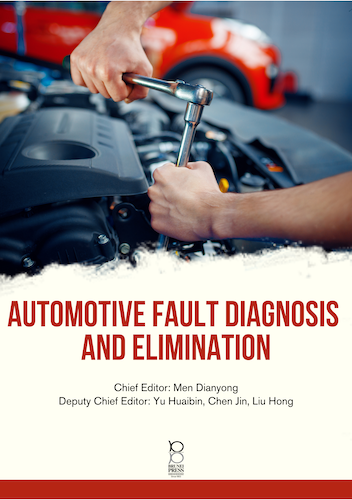Foreword
This book is a professional core course textbook that integrates ideological and political elements.
It introduces the detection and diagnosis of comprehensive faults in automobile engines, chassis,
electrical equipment, and emissions, covering the verification of fault phenomena, analysis of the
causes of faults,introduction of diagnostic ideas and methods, and troubleshooting. The book provides
comprehensive theoretical analyses of various common faults and reasonable diagnostic inspection
steps. Tips on fault diagnosis, troubleshooting skills, and maintenance considerations are also included,
aiming to improve readers' ability to diagnose faults using data analysis and deepen their understanding
of the overall diagnostic ideas of the vehicle. In addition to summarizing and classifying the basic
diagnostic ideas and methods for common automobile faults, the book also provides tips on fault
diagnosis, troubleshooting skills, and maintenance considerations to help readers quickly master
and improve their ability to diagnose and troubleshoot vehicle faults. The book strives to achieve
the following three points: 1) Combine theory with practice by providing theoretical analysis of fault
mechanisms as well as typical troubleshooting methods, steps, and considerations for gasoline
engines and chassis. 2) Be easy to understand with a wealth of illustrations. 3) Be practical and
comprehensive, covering aspects such as gasoline engines, chassis drive systems, driving systems,
braking systems, steering systems, etc., and focusing on teaching fault diagnosis ideas and data
analysis methods. The book is edited by Men Dianyong from Neijiang Vocational andTechnical College,
with Yu Huaibin, Chen Jin, and Liu Hong as co-editors. Men Dianyong wrote the first and second learning
scenarios, Yu Huaibin wrote the third learning scenario, Chen Jin wrote the fourth learning scenario,
and Liu Hong wrote the fifth learning scenario. During the writing process, the book received guidance
and assistance from the technical director and backbone technicians of the Liqueqiang automobile
repair interlock store, who provided a wealth of technical information and books. The authors express
their sincere gratitude for this. Due to the limited ability of the editors, there may be errors and
inaccuracies in the book, and constructive criticism and correction from readers are welcomed.





